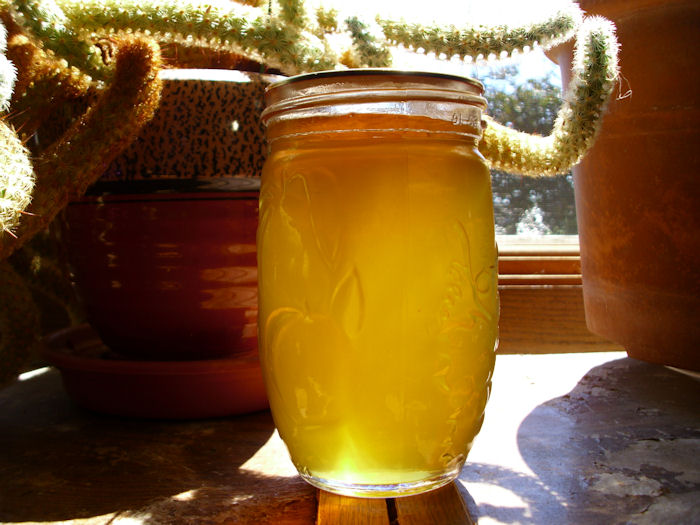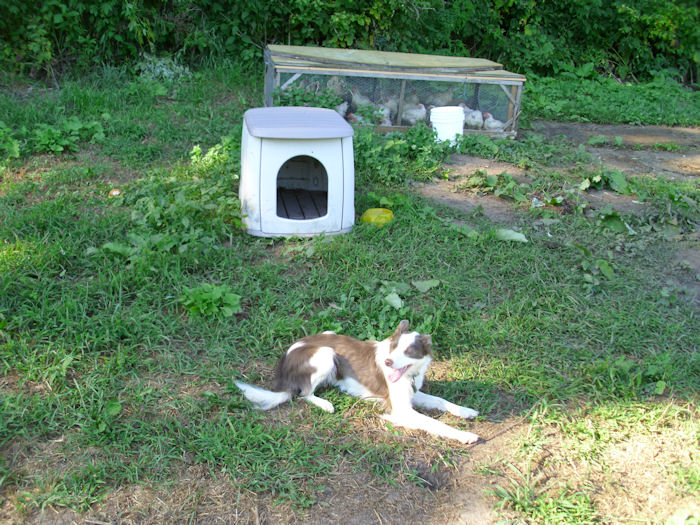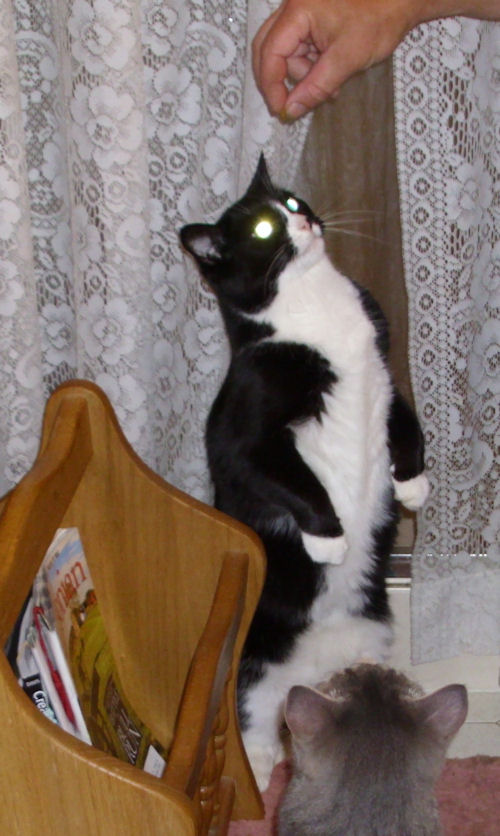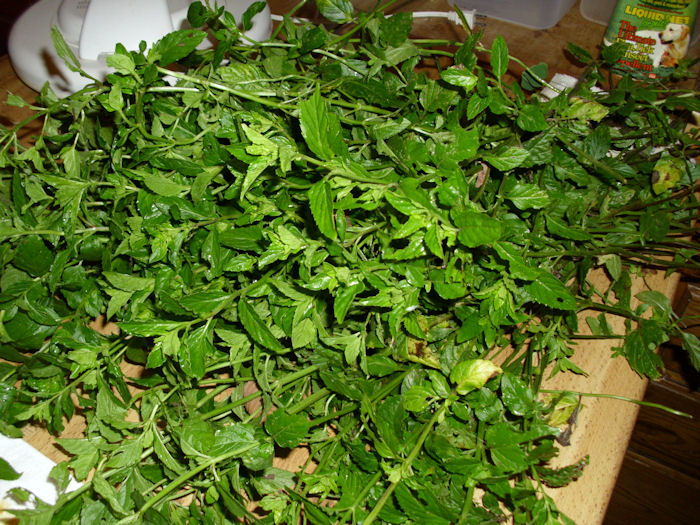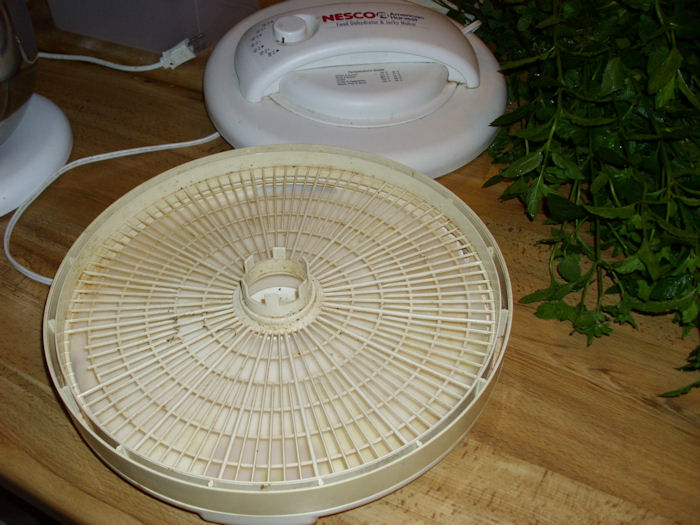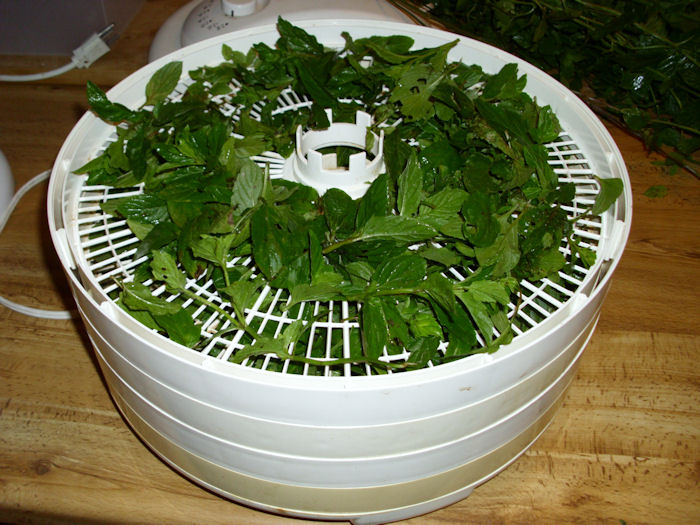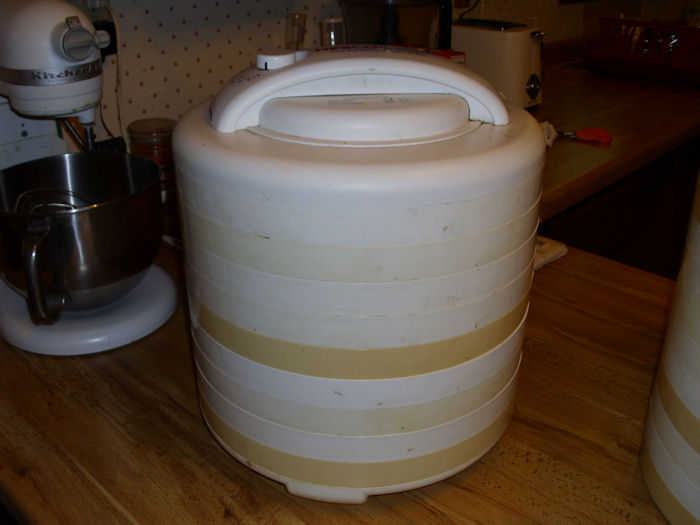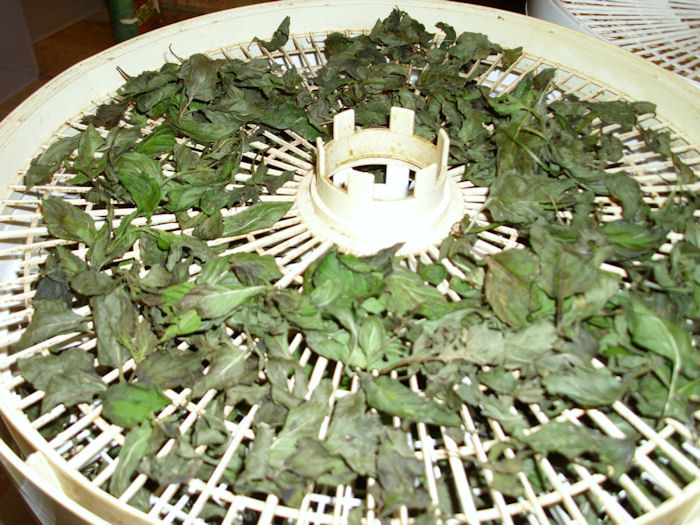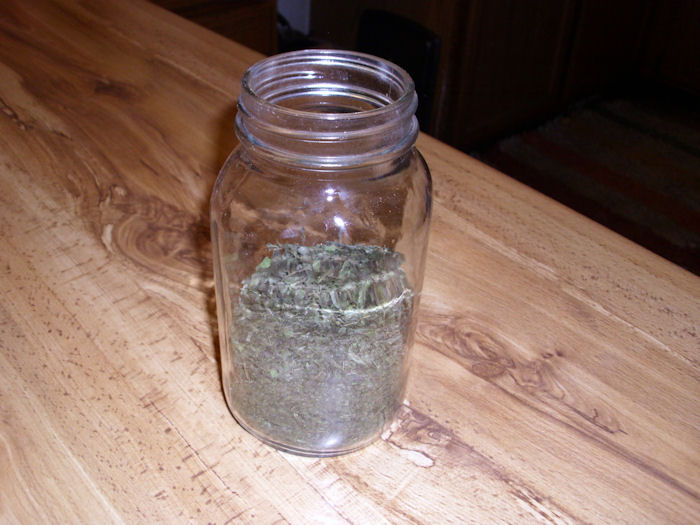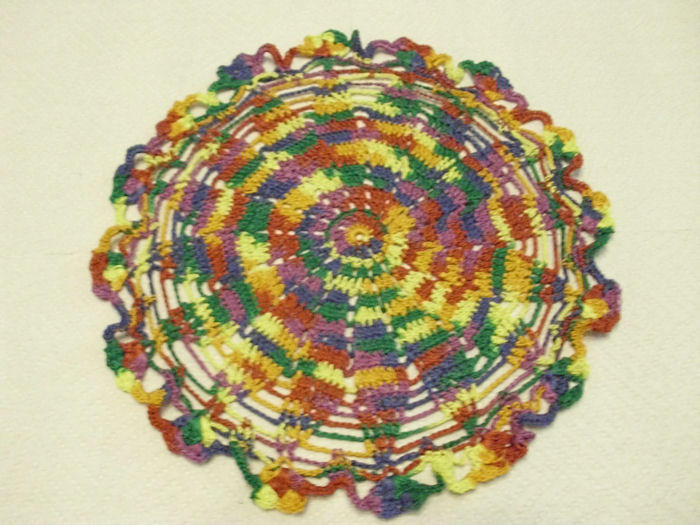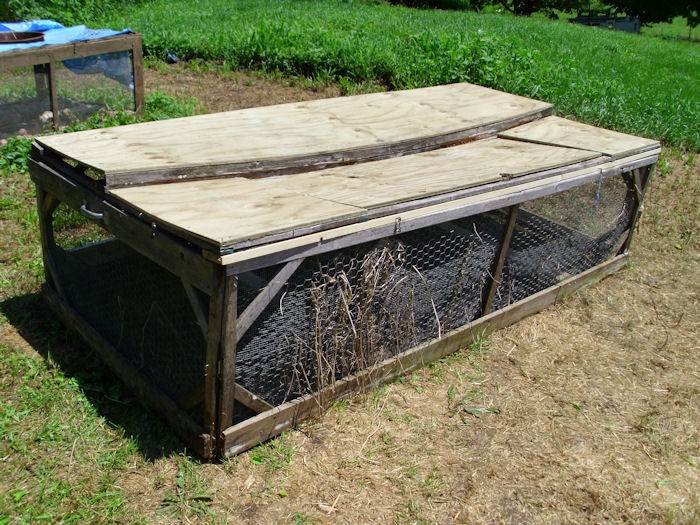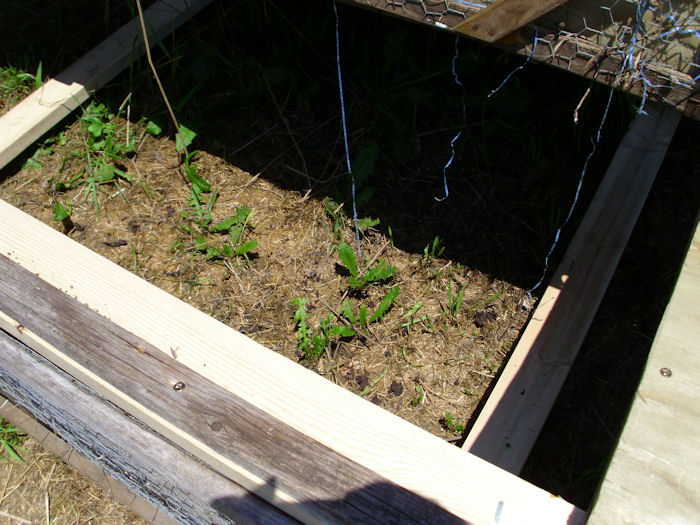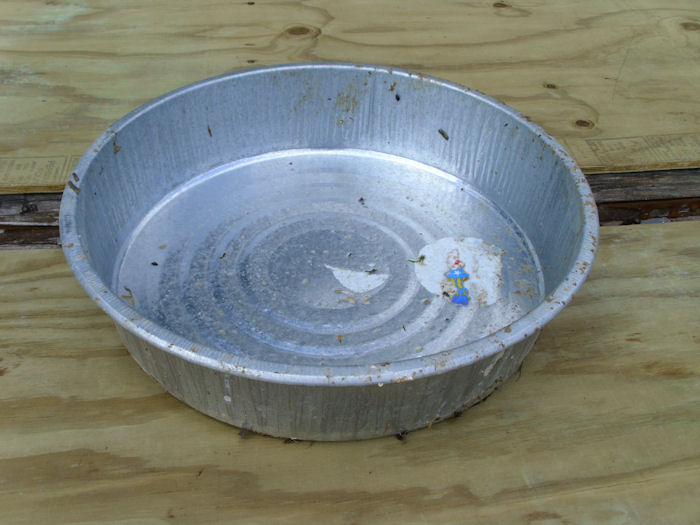I previously posted an entry entitled Security and the Special Needs Person where I described current hacking attempts against special needs devices by security researchers. In that post, I opined that there was probably some better use of the researcher’s time. Rather than give hackers new and wonderful ways to attack the human race, why not find ways to develop secure software that would discourage attempts in the first place? Unfortunately, it seems as if the security researchers are simply determined to keep chewing on this topic until someone gets hurt or killed. I never even considered this topic in my book, “Accessibility for Everybody: Understanding the Section 508 Accessibility Requirements” because it wasn’t an issue at the time of publication, but it certainly is now.
Now there is a ComputerWorld article that talks about wearable devices used to jam the signals of hackers trying to attack those with special needs devices. What do we do next—encase people in a Faraday cage so no one can bother them? I did find the paper referenced in the article, “They Can Hear Your Heartbeats: Non-Invasive Security for Implantable Medical Devices” interesting, but must ask why such measures even necessary. If security researchers would wait until someone actually thinks of an attack before they came up with a remedy, perhaps no one would come up with the attack.
The basis of the shielding technology mentioned in the ComputerWorld article is naive. Supposedly, the shield lets the doctor gain access to the medical device without allowing the hacker access. Unfortunately, if the doctor has access, so does the hacker. Someone will find a way to overcome this security measure, probably a security researcher, and another shield will have to be created that deflects the new attack. The point is that if they want the devices to be truly safe, then they shouldn’t send out a radio signal at all.
The government is involved now too. Reps. Anna G. Eshoo (D-CA) and Edward J. Markey (D-MA), senior members on the House Energy and Commerce Committee, have decided to task the the Government Accountability Office (GAO) with contacting the Federal Communications Commission (FCC) about rules regarding the safety and security of implantable medical devices. I can only hope that the outcome will be laws that make it illegal to even perform research on these devices, but more likely, the efforts will result in yet more bureaucracy and red tape.
There are a number of issues that concern me about the whole idea of people wearing radio transmitters and receivers full time. For one thing, there doesn’t seem to be any research on the long term effects of wearing such devices. (I did find research papers such as, “In-Body RF Communications and the Future of Healthcare” that describe the hardware requirements for transmission, but research on what RF will do to the human body when used in this way seems sadly lacking.) These devices could cause cancer or other diseases. Fortunately, the World Health Organization (WHO) does seem to be involved in a little research on the topic and you can read about it in their article entitled, “What are electromagnetic fields?“.
In addition, now that the person has to wear a jammer to protect the implantable medical device, there is a significant chance of creating interference. Is there a chance that the wearer could create unfortunate situations where the device intended to protect them actually causes harm? The papers I’ve read don’t appear to address this issue. However, given my personal experiences with electromagnetic interference (EMI), it seems quite likely that the combination of implantable medical device and jammer will almost certainly cause problems.
In summary, we have implanted medical devices that use radio signals to make it more convenient for the doctor to monitor the patient and possibly improve the patient’s health as a result. So far, so good. However, the decision to provide this feature seems shortsighted when you consider that security researchers just couldn’t leave well enough alone and had to find a way for hackers to exploit the devices. Then, there doesn’t seem to be any research on the long term negative effects of these devices on the patient or on the jammer that now seems necessary to protect the patient’s health. Is the potential for a positive outcome really worth all of the negatives? Let me know at [email protected].







